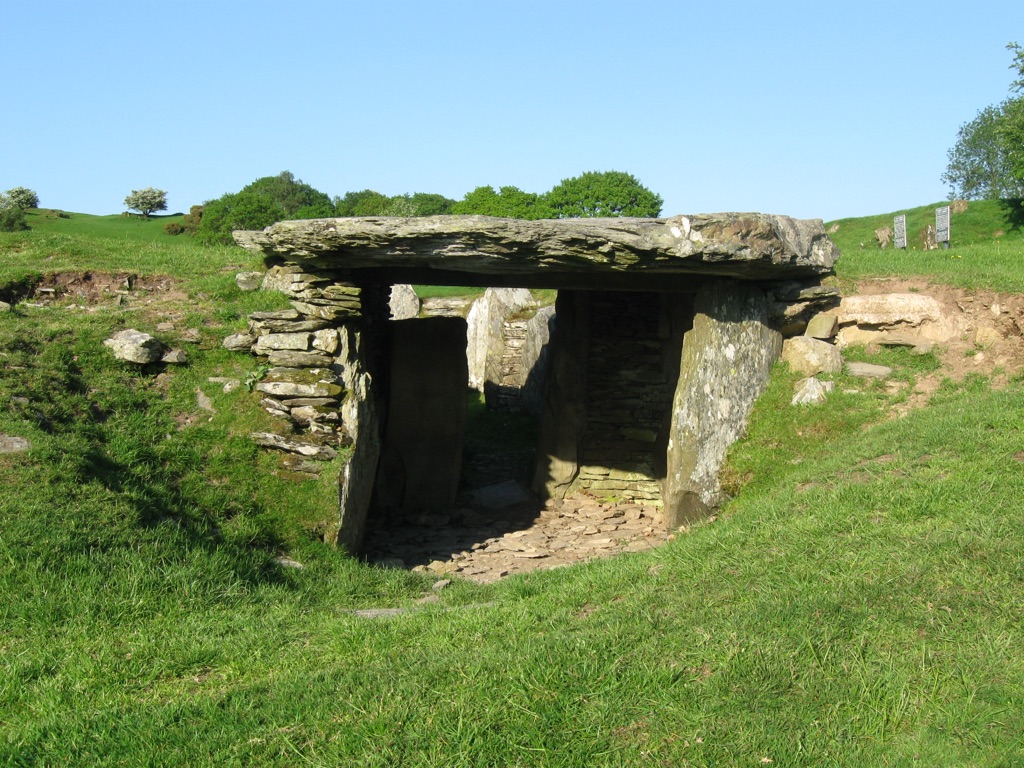The Capel Garmon Burial Chamber is a Neolithic tomb located in North Wales, near the village of Capel Garmon. Dating back to approximately 3,000 BC, this site is a significant example of the megalithic tombs found across the British Isles. It features a long, narrow passage leading to a rectangular chamber, which was once covered by a large mound of earth. The chamber’s construction showcases the sophisticated stone-working skills of the Neolithic people. Over time, the site has yielded various artifacts, offering insights into the burial practices and spiritual beliefs of its builders.
Get your dose of History via Email
Historical Background of Capel Garmon Burial Chamber
The Capel Garmon Burial Chamber was discovered in the 19th century. It was first noted in archaeological records in 1809. The site was excavated in 1925 by Willoughby Gardner, a notable figure in Welsh archaeology. The chamber is a product of Neolithic builders, known for their megalithic structures. These ancient architects left no written records, but their stone monuments speak volumes.
Originally, the chamber was part of a larger cairn complex. It likely served as a communal burial site. Over the centuries, the structure was altered. During the Bronze Age, people reused the site, leaving behind pottery and other artifacts. The chamber’s location and design suggest it held significance for the local community.
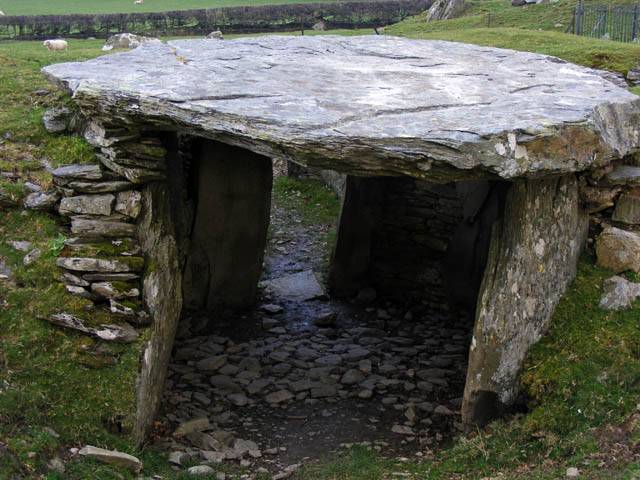
Interestingly, the Capel Garmon Burial Chamber was not just a tomb. In the Middle Ages, it became a domestic dwelling. This secondary use is evidenced by modifications to the structure. The site’s historical importance extends beyond its creation. It reflects a continuum of human occupation and adaptation.
The chamber’s significance is not limited to its original purpose. It has witnessed various historical events. Its presence through millennia offers a tangible connection to the past. The site is a testament to the enduring nature of human construction and the layers of history that can accumulate in a single location.
Today, the Capel Garmon Burial Chamber is a protected heritage site. It attracts visitors and researchers alike. Its discovery and subsequent studies have contributed greatly to our understanding of Neolithic Britain. The site remains an important piece of the historical puzzle, connecting us to the distant past.
About Capel Garmon Burial Chamber
The Capel Garmon Burial Chamber stands as a remarkable feat of Neolithic engineering. Its main chamber, constructed from large stone slabs, is accessed via a long passage. The passage itself is lined with stones and leads to the burial space. The chamber’s layout is typical of the Cotswold-Severn group, a regional style of tomb architecture.
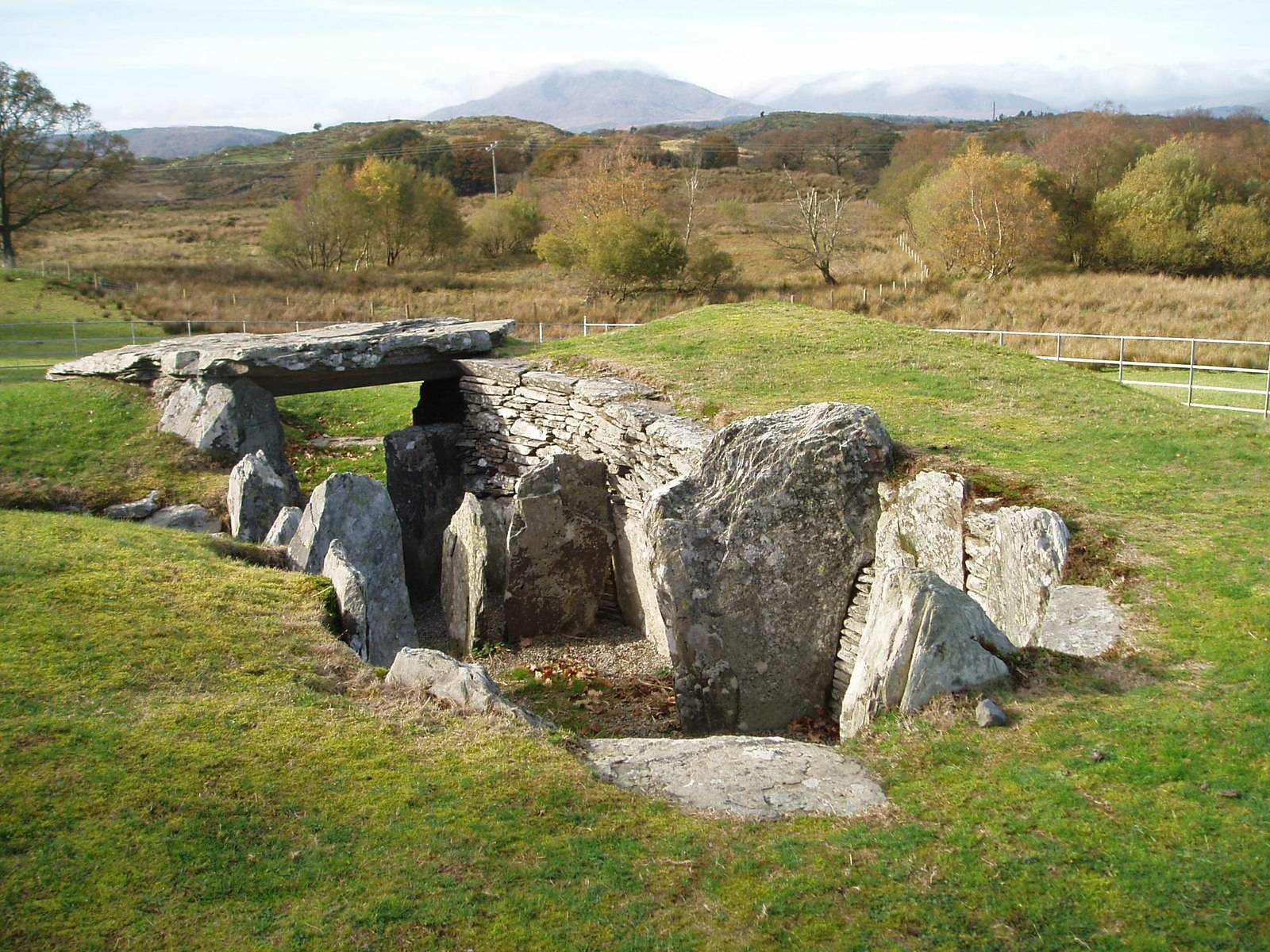
The site’s original form was a cairn, a mound of stones and earth. This would have covered the chamber, creating a prominent landmark. Over time, the cairn eroded, exposing the stone structure. The remaining stones give us a glimpse into the construction techniques of the time. They were likely sourced locally, showcasing the builders’ knowledge of their environment.
Architectural highlights include the large capstone that once sealed the chamber. It demonstrates the builders’ ability to move and position heavy objects. The chamber’s entrance was deliberately aligned, possibly with astronomical or ritual significance. The precise positioning of stones suggests a deep understanding of geometry and design.
The building materials consist of local stone, chosen for durability and availability. The construction methods reflect a communal effort, indicative of a society with shared beliefs and practices. The chamber’s enduring structure speaks to the skill and labor invested in its creation.
Despite its age, the Capel Garmon Burial Chamber remains a well-preserved example of Neolithic craftsmanship. Its construction has withstood the test of time, offering a window into an era when monumental structures were built to last. The chamber’s design and materials continue to draw the admiration of both historians and visitors.
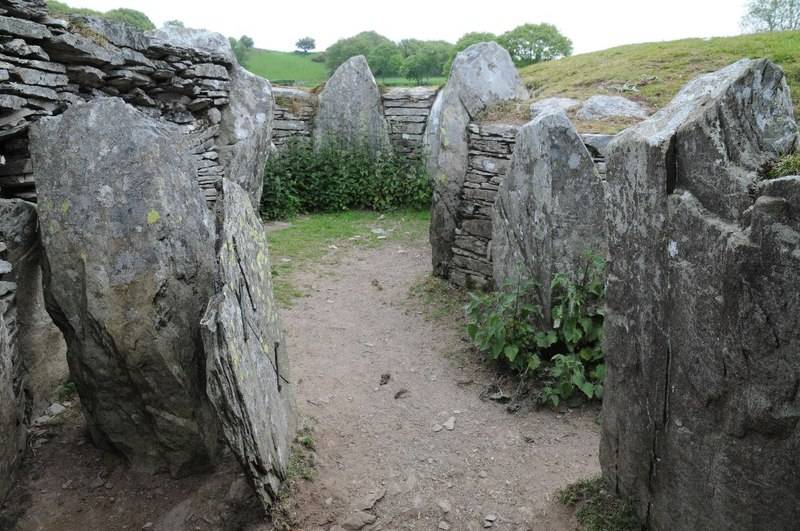
Theories and Interpretations
Several theories surround the Capel Garmon Burial Chamber. Its use as a communal burial site is widely accepted. However, the specifics of its ritual significance remain a topic of debate. The chamber’s alignment suggests it may have had an astronomical purpose, possibly related to solstices or equinoxes.
Artifacts found within the chamber provide clues to its use. Pottery and human remains indicate a burial context. Yet, the absence of extensive grave goods suggests that the rituals practiced here may have been more about the act of burial than the objects left behind.
The site’s later use as a dwelling complicates interpretations. The modifications made during the Middle Ages raise questions about the continuity of memory and tradition. Did the inhabitants recognize the chamber’s original purpose, or was it simply a convenient structure?
Dating the chamber has relied on radiocarbon methods. These have confirmed its Neolithic origins. The dating aligns with the broader timeline of megalithic construction across Britain. It helps place the chamber within the context of Neolithic society and its monumental building phase.
The Capel Garmon Burial Chamber’s mysteries continue to intrigue researchers. While much has been learned, the site still holds secrets. Its full story is pieced together through careful interpretation and ongoing study. Each discovery adds to our understanding of Neolithic beliefs and practices.
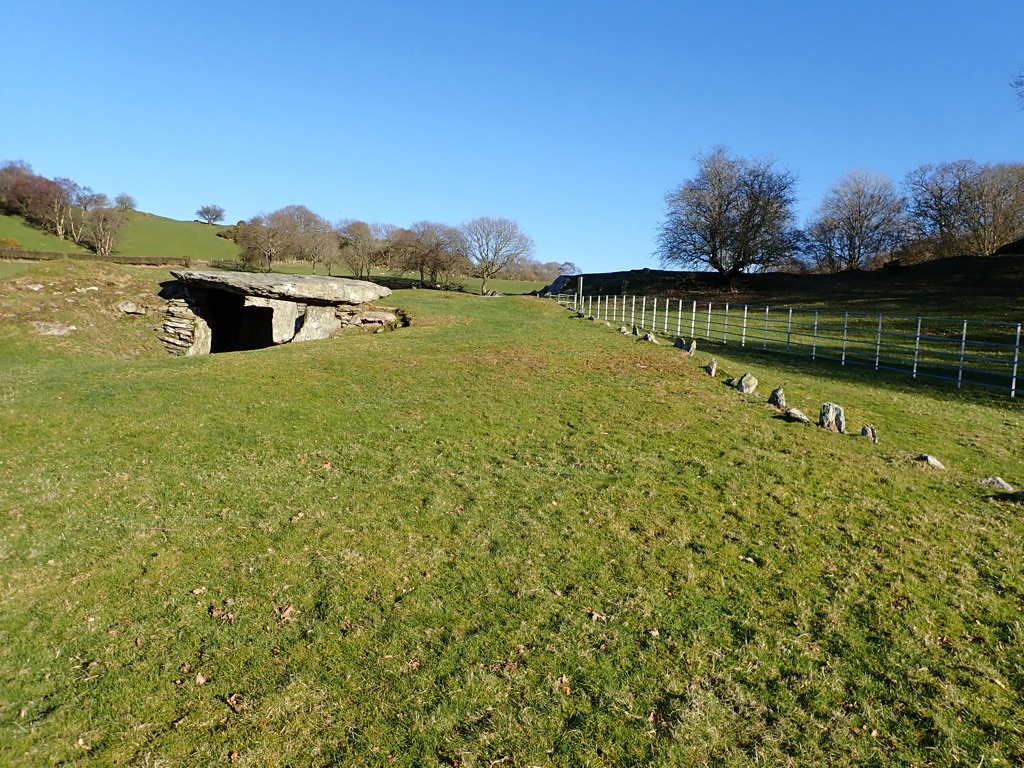
At a glance
- Country: United Kingdom
- Civilization: Neolithic Britons
- Age: Approximately 5,000 years old (circa 3,000 BC)

